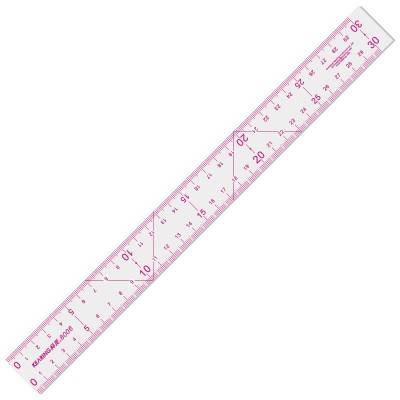

– The decimal point indicates the measurement is precisely 250. Again, as we’ll see in our lesson on Scientific Notation, this could be written 2.5×10 2 completely eliminating the final placeholder zero.Ģ50. Thus, there are only two significant digits from the 2 & 5. versus 250.0Ģ50 – The trailing zeros (those to the right of the non-zero numbers) are also placeholders and thus do not add to the precision of the measurement. Trailing zeros after a number are not significant unless there’s a decimal point.Ĭonsider three different measurements: 250 versus 250. This will become more clear in our lesson on Scientific Notation as 0.0025 could also be written as 2.5×10 -3, completely eliminating the leading zeros.Ĥ. The leading zeros are known as placeholder zeros as they do not add to the precision of the measurement, they simply occupy the ones, tenths, and hundredths places. Therefore, only the 2 & 5 are counted meaning it has two significant digits. In the number 0.0025, the leading zeros (those to the left of the non-zero numbers) are not significant. Leading zeros before a number are not significant. The number 307 would also have three significant digits as the zero is sandwiched between the non-zero numbers 3 and 7.ģ. Zeros between non-zero numbers are significant. If a measurement has already been made and provided, then we can determine how many significant digits are present by following a few simple rules.įor example, the number 843 would have three significant digits are they are all non-zero.Ģ. However, we must again estimate one additional digit or place – 2.35 cm. In this case, the ruler is marked in both ones and tenths meaning that we can clearly see the first part of the measurement is 2.3. Either would be correct as the 2 (ones place) is precisely known while the final digit (tenths place) is estimated. So in this case we might record 2.3 cm or perhaps 2.4 cm. But we must also estimate one, and only one, additional digit. For example, in the first ruler below it is marked every one centimeter so we know the ones place and could record 2.
Ruler halfway point measure plus#
It’s sometimes easier to think of this in terms of recording all of the known “places” (ones, tenths, hundredths) plus a final estimated place. When recording a measurement we include all of the known digits plus a final estimated digit. For example, 8.00 cm is more precise than 8.0 cm. A number with more significant digits is more precise. Let’s start by looking at the easily-identifiable, large 1″ marks.Significant digits (also called significant figures or “sig figs” for short) indicate the precision of a measurement. Think about it like this – each time the bottom of the fraction doubles, the distance between gets cut in half!

In an effort to make this the least confusing as possible, we’re going to simply start with the largest measurement (1″) and work our way down to the smallest measurement (1/16″). So when you look at the tape measure, the 1″ marks are the largest (going at least halfway down the tape width) and the 1/16″ marks are smallest. Ok, time to dive into the math! Trust me, it’s not as complicated as it seems… You can do this!įirst, note that as the measurement values get smaller, so do the markings. Use it to lock your tape out so you can measure without having to hold the end of the tape.


Ruler halfway point measure how to#
Before we talk math, I wanted to point out a few things you need to know when learning how to read a tape measure:


 0 kommentar(er)
0 kommentar(er)
